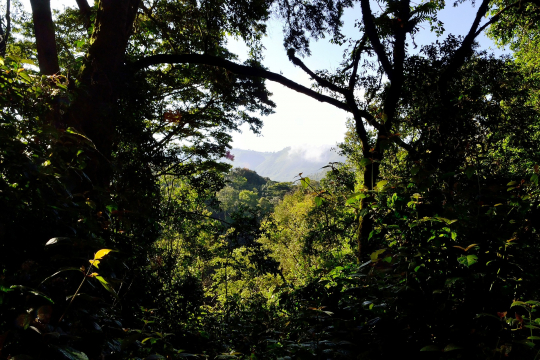Probably the most important trend in developing countries’ forest policy over the past several decades has been decentralization—the transfer of management authority from the national level to the states, villages, and local communities. More than a quarter of all developing countries’ forests are now managed by local communities, well over twice the share for protected areas.
According to advocates, decentralized forest management (DFM) both improves forest health and boosts local livelihoods by empowering actors who have the best understanding of local conditions, extending their planning horizons, and redirecting human and financial capital to the local level.
But case studies suggest that in practice, these benefits can be elusive. DFM initiatives sometimes fail to spur meaningful shifts in power and, even when they do, can lead to re-centralization. Given this mixed track record, a careful empirical study is needed to understand whether, under what conditions, and how DFM has ecological and socioeconomic benefits.
Evidence on DFM has been accumulating steadily since the 1980s when the topic first gained currency in policy circles. However, most of this evidence comes from qualitative case studies, which although invaluable have limitations. Relatively few studies use experimental and quasi-experimental methods that aim to draw causal inferences by controlling for confounding factors.
To help fill this gap, the Forest Collaborative, a cross-center EfD initiative, organized a Special Issue of the journal World Development titled “Decentralized forest management: Experimental and quasi-experimental evidence.” It features nine rigorous empirical studies of DFM interventions, policies, and governance structures in Africa, Asia, and Latin America, along with an overview by the Special Issue editors (Table 1). All nine studies feature EfD researchers.
Taken as a whole, the studies offer two broad policy lessons. First, as advocates claim, DFM interventions can improve ecological and socioeconomic outcomes. However, these improvements are by no means guaranteed—some interventions clearly do not have the desired effects.
Second, perhaps not surprisingly, the success of efforts to transfer authority to the local level depends critically on conditions at the local level, most notably, governance capacity. For example, a study by Kahsay and Medhi of community forestry in Ethiopia finds that forest user groups with more responsive leadership had higher incomes, less income inequality, and healthier forests.
These broad lessons jibe with evidence from qualitative case studies. The contributions of these nine articles are to provide rigorous evidence that the advertised benefits of DFM can be realized, to pinpoint the local conditions that facilitate that result, and to shed light on interventions, specific research questions, and geographies that are new to the literature.
